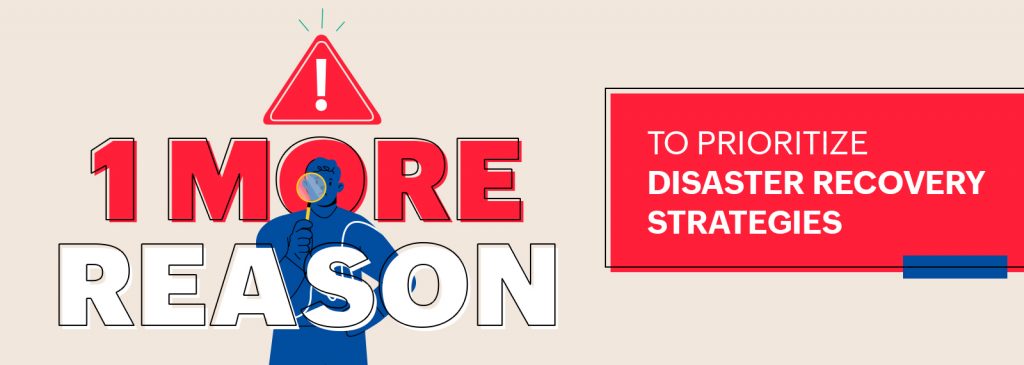
Have your users spent hours working on a document in Microsoft Word, only to have it disappear when they try to save it? A recent bug in Microsoft Word, highlighted by Bleeping Computer, caused Word documents to be deleted instead of saved, leaving users frustrated. For IT administrators, it is vital to address these issues and educate users within the organization about best practices to reduce data loss and ensure business continuity.
The problem occurred when users closed Word after editing and were prompted to save their document. Documents with capitalized file extensions, such as DOCX or RTF, and documents that included the # symbol also disappeared after saving. The issue affected users of Word for Microsoft 365 version 2409. Microsoft provided temporary work-arounds before resolving the issue with a service update and rolling out the updated build on Oct. 8, 2024.
However, this does not negate the possibility of future data loss due to software issues like the above, hardware failures, accidental deletions, or even natural disasters. This incident highlights the importance of having a reliable backup and recovery solution in place that will ensure data is safeguarded, allowing for swift recoveries and minimal disruptions.
What should you look for in a backup solution?
Losing data is more than just an inconvenience; it can lead to downtime, lost revenue, and reduced productivity. However, incidents like this can be avoided by having a reliable backup and recovery solution in place. Here are the key features to consider in a backup and recovery solution:
-
Comprehensive backups: Support for backup and recovery capabilities for a wide range of applications from a single console, enabling centralized management
-
Automated incremental backups: The ability to schedule backups to run automatically without manual intervention to capture just the changes made to your applications since the last backup cycle
-
Version management: The ability to store backups as separate versions, allowing you to recover data from different points in time
-
Granular recovery: Flexibility to recover individual files, folders, objects, or even specific attributes, depending on your needs
-
Backup retention: The ability to set customizable retention policies to store backups and discard those that have exceeded the retention period
-
Flexible backup storage options: The ability to store backups in local repositories, NAS, or cloud repositories
-
Data encryption: The ability to encrypt backups to protect sensitive information from unauthorized access
Investing in a reliable backup and recovery solution like RecoveryManager Plus ensures your critical data remains protected and easily recoverable during unexpected disasters, minimizing downtime and ensuring continued productivity. RecoveryManager Plus is a comprehensive backup solution with advanced features for a wide range of enterprise applications. Download it now to experience it in full action and see how it can safeguard your data.

